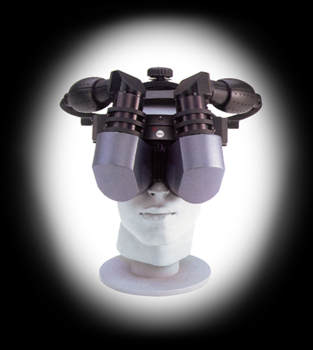|
In the last ten years or so, virtual environments and the inappropriately named 'virtual reality' technologies have been offered as possible devices that can 'escape' the screen. Virtual environments locate a user or imersant within a computer constructed representation of space and time. What is interesting about the potential of such environments is their representational systems of space and time, which can be significantly more unbounded than any cinematographic effect can be. |
 |
 |
|
| Currently, virtual environments suffer much from technical limitations and massive equipment and maintenance costs. Moreover, any such experiments in this area are at the mercy of the engineers who design the machines (both hardware and software) with the express purpose of constructing a limited, Cartesian, surface based representation of reality. | |
  |
Recently too, the idea of augmented reality has emerged. In this case rather than taking reality inside the screen (as is the case with VR), augmented reality brings the screen to reality. |
 |
|
| While such developments offer enormous insights and advantages over conventional screen-based media, they still are in essence, future screens — | |
 |
|
| — for while they do address the issue of the visual frame, the ontological and epistemological questions are left open... | |
|
|
|
|
For any representation, the real exists as an excess lying beyond the scope of representation, as a reserve which the production of truth draws upon, but can never exhaust or contain. This seems to be forgotten by many who deal with computer simulations, who refer to behaviours and properties exhibited by the simulation as though there is a transparent mapping between what is observed as a drawing on the screen and what is 'real'. |
 |
| The real is in fact, truly excessive and must be cast off in order to frame the interpretation. New display technologies are no exception. |